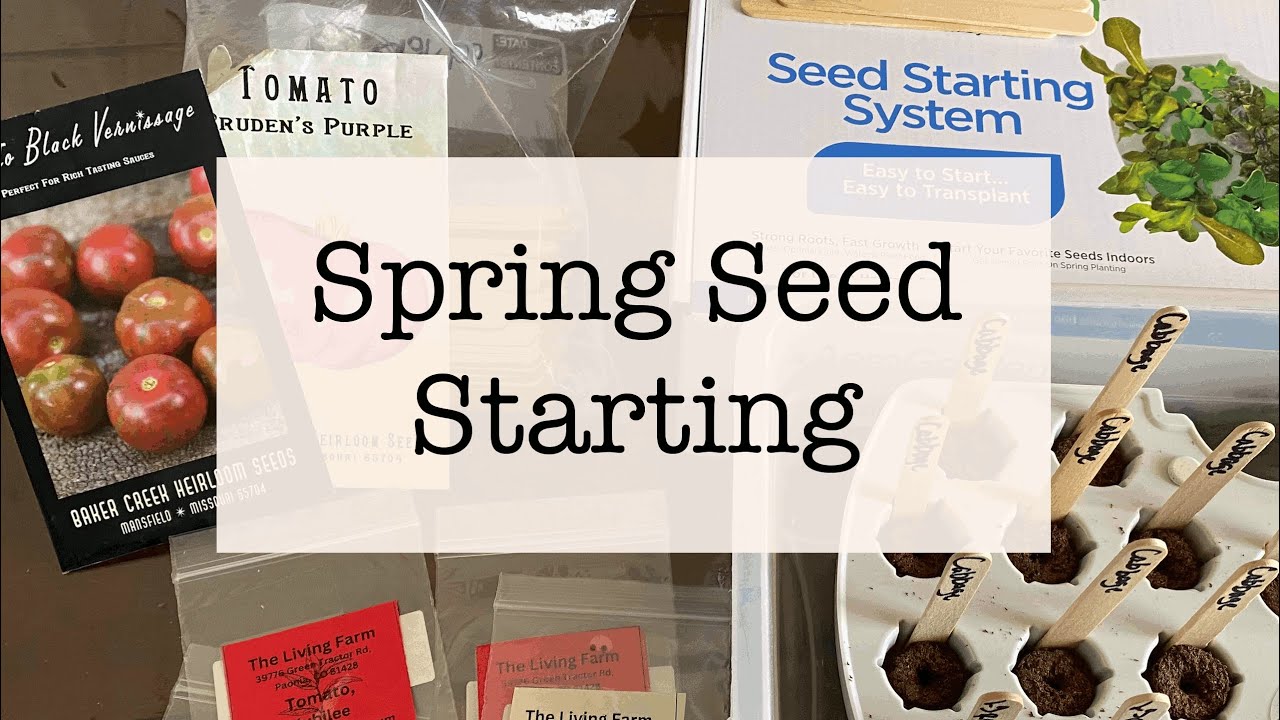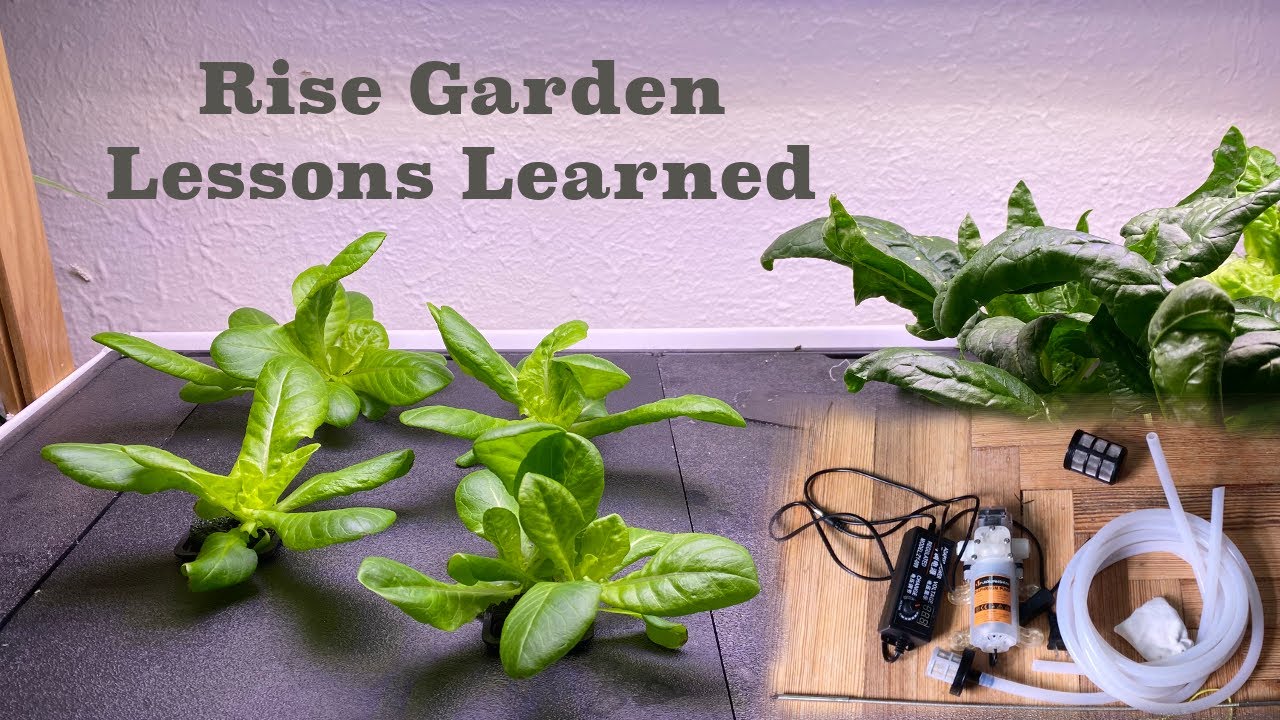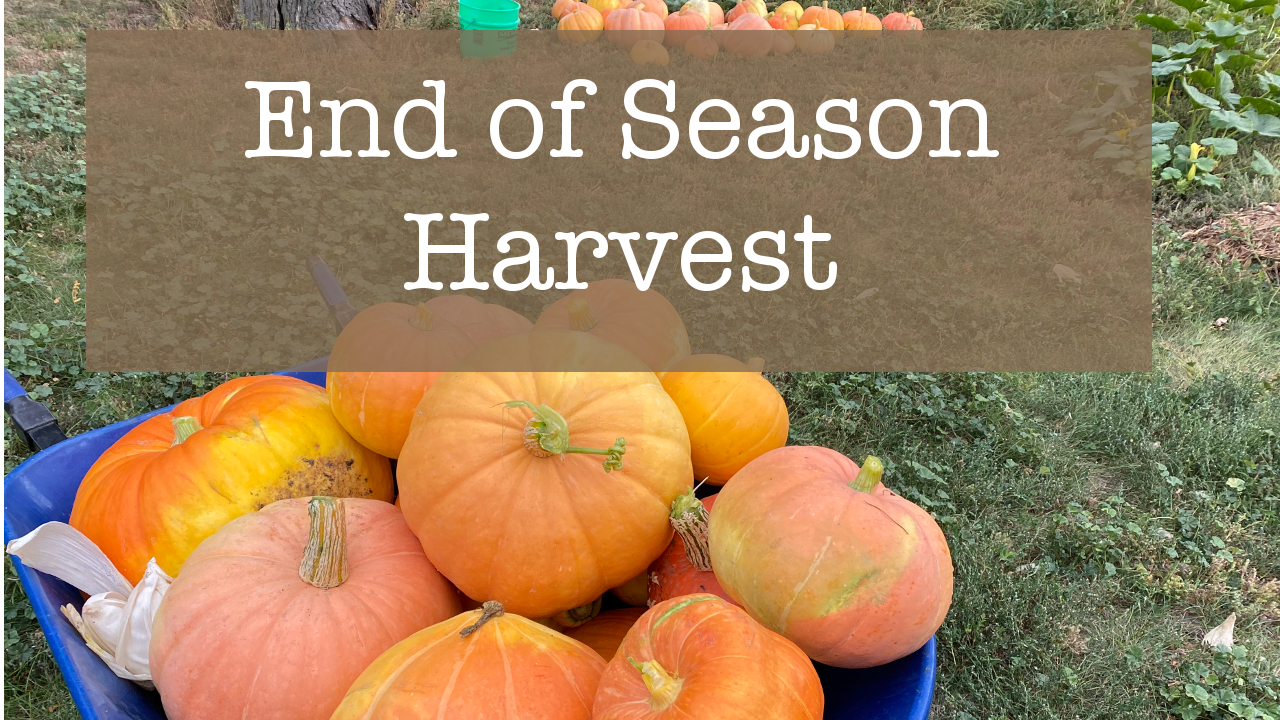I first started hearing about Permaculture this year, and the more I learn about it the more I want to start practicing Permaculture. What I first heard sounded great, but when I looked up Permaculture on Wikipedia all I found was a high level overview that doesn’t really explain what Permaculture is. This is my interpretation of Permaculture.
What is Permaculture?
Permaculture is a term coined by Bill Mollison and is a combination of permanent agriculture and permanent culture. I think of permaculture as a self-sustaining, productive system that works with nature and once established takes very little input. A good example is a Food Forest. A food forest is a garden with perennials that requires very little if any human input once fully established.
What is Layers and Zones in Permaculture?
Layers, when referring to Permaculture, are important because of the relationship between them.
Layer 1 – The Canopy – This is tall trees. Including but not limited to fruit tress, nitrogen fixing tress, shade trees and trees grown for wood or building material.
Layer 2 – Low tree layer – This is dwarf fruit trees, citrus trees and other short trees.
Layer 3 – Shrubs – This layer is berry bushes and shrubs.
Layer 4 – Herbaceous – This layer includes just about all annual plants and most perennial plants. Herbs like parsley, oregano and basil and most vegetable crops.
Layer 5 – Rhizosphere – root crops – This layer includes potatoes, carrots and other tubers.
Layer 6 – Soil Surface – cover crops – This layer includes anything planted to decrease erosion or crops planted for green manures. Examples include clover, buckwheat, oats, rye and grass
Layer 7 – Vertical Layer – climbers and vines – This layer includes plants like grapes, hops and pole beans.
The importance of layers is that the oak tree you just planted will grow up to shade a large area around it.
Zones, when referring to Permaculture, is how to position things. Wikipedia does a good job explain zones. The idea of zones is to put the parts that need the most human input closest to you if possible. The theory is a vegetable garden should be close to the house because it requires more work to upkeep. Not everyone will have all the zones.
How to Permaculture?
Now to the fun part.
A good place to start is with Gaia’s Garden, Second Edition: A Guide To Home-Scale Permaculture by Toby Hemenway.
Its the best book I have found on Permaculture.
Gaia’s Garden, Second Edition: A Guide To Home-Scale Permaculture
Research and think about a design. Each plant should have a prosperous and a place.
Resources
Books
Gaia’s Garden, Second Edition: A Guide To Home-Scale Permaculture by Toby Hemenway (Mrs Garden4goodies should be posting a review of this book in the next couple months.)
Videos
http://permaculture.tv/permaculture-way-dvd-the-food-forest/
Greening the Desert with Geoff Lawton, Original and Update: 1 of 4




